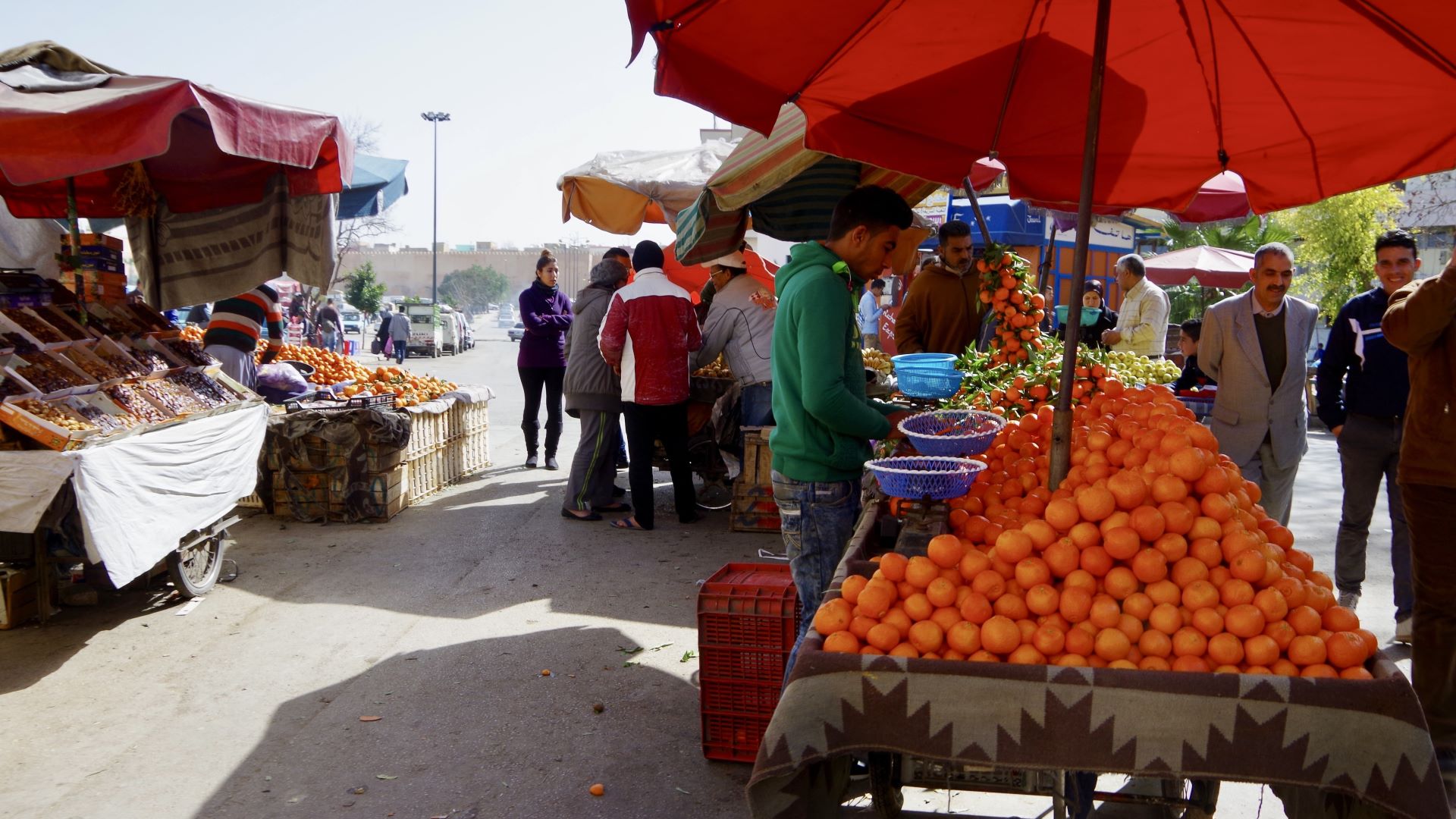We have entered that period of the fall in which I am constantly reminded of the impacts of globalization on our food system.
The farmers’ markets have wound down, their offerings reduced to root vegetables, hardy greens, eggs and cuts of meat. The weekly trip to pick up the waxy, brimming CSA box is over. Farm and garden beds are prepped for winter.
In the supermarket, the array of citrus fruits from exotic locales will begin expanding — first to mandarins and navel oranges, then to large honeybell tangelos and finally to the impossibly sweet and juicy Valencia oranges that arrive like a light in the long bleak days of March.
I always feel a little guilty this time of year as my shopping patterns shift. How many boats and planes and trucks had to carry that orange to get it to me so unblemished and plump?
Food production is a major contributor to greenhouse gas emissions. For a long time, the edict was: if you want to reduce the carbon footprint of what you’re eating, you should eat food produced as close to home as possible. Intuitively, this makes a lot of sense.
But it turns out that the distance your food travels to get to you is less important, from an emissions standpoint, than what it is that you’re eating. Because emissions don’t come just from transporting food, they also come from the land use changes required to grow that food, like clearing forests for pasture or growing crops to feed livestock.
A massive 2018 study of data from thousands of producers, retailers and 38,000 farms in 119 countries found that the greenhouse gas emissions associated with meat production — raising beef cattle, specifically — were vastly higher than growing and transporting fruits and vegetables.
Producing a kilogram of beef emits 90 kilograms of greenhouse gases. Peas, on the other hand, emit just 1 kilogram per kilogram. Dark chocolate, cheese and coffee (this is where it really gets me) are very high on the list. Citrus fruits come in at around 0.3 kilograms of greenhouse gases per kilogram.
Overall, it wasn’t the transportation or processing of most foods that made a difference, but their production and associated land use.
“I think many of the things that we assume to be green or feel are green, when you actually break down the data, the alternatives are often better,” environmental data scientist Hannah Ritchie said in an interview this spring on the Ezra Klein Show.
Compared to meat substitutes grown in labs or produced in factories, with all of the energy associated for processing and packaging and ingredients and chemicals, “That seems really bad, and the beef in a field — or a cow in a field seems really, really good.”

But breaking down the data, said Ritchie, “the emissions from the meat substitute burger are just vastly, vastly lower than the beef. So many of our gut instincts on this are often very, very off…. if you’re buying a product that’s being shipped in from the other side of the world, they assume that has a very high carbon footprint. And therefore, that’s a very bad thing environmentally to do. When you break down the emissions of those two things, the vegetarian product that’s shipped in probably has a vastly lower footprint.”
There are lots of other reasons to support a local food system beyond emissions, of course, like creating dynamic communities and supply chains that can better weather crises (like a global pandemic) and allowing us to have more control over labor standards and environmental impacts.
But from a greenhouse gas standpoint, one of the most straightforward (notice I didn’t say easiest) ways to reduce your carbon footprint, improve biodiversity and reduce deforestation is to change your diet.
“We’re using a huge amount of land to raise cows,” Ritchie said. “And cattle ranching is also the leading driver of deforestation globally. So again, it’s not just that we’re using a lot of land for this. We’re actively cutting down forests and more land to raise more cattle.”







